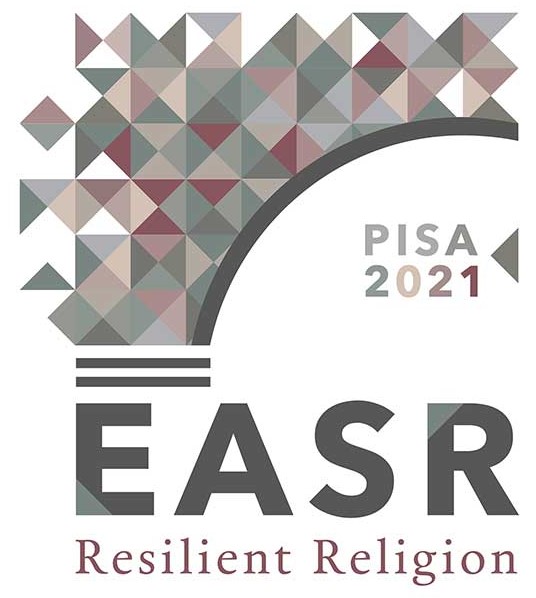Russian Old Believer Communities Worldwide: Changing Practices and Resilient Identity
Compared to other Christian denominations, Russian Old Belief could not claim to be numerous. Its strict rules and rigid group structure does not seem to be suitable for a changing, globalizing world, especially regarding the countries where Russian is not commonly spoken. However, Old Believer communities exist in many countries, either traditionally (like in Baltic states, Romania, Poland, etc.) or due to relatively recent migrations (Canada, US, England, etc.). Moreover, new communities have been founded in Uganda and Pakistan out of a context of migrations. This allows posing a question about the resilience of Old Belief and its adaptive capacities.
This panel considers Russian Old Belief as a network. Firstly, in a direct sociological sense, as a network of communities spread out worldwide. But secondly, in terms of ANT, network is regarded as a means of a series of translations. In this case, translation means reproduction and change. It is very similar to the concept of [Langer et al. 2006], transfer of ritual, who address the issue through the focus on transformations of context. That means, religion is highly dependant on things, which are usually considered as derivative, contextual. Like numerous material objects that are used at rituals – vessels, books, buildings, means of transport, et. Nevertheless, they force religion to be reassembled. For example, [Meyer 2008] shows some Christian denominations cannot imagine public ceremonies without speakers, boosters, and microphones. Regarding Old Believers, a Siberian cultural anthropologist, Galina Lyubimova, in her turn pays attention to how religious practices of Old Believer communities have been affected by the ways in which they provide for themselves. She concludes that local variations in religious practices between Old Believers in taiga villages and settlements in lightly urbanized areas are based on the differences in lifestyles [Lyubimova 2017]. That is a crucial moment because it reveals how changes allow Old Believers to establish each time a new version of the same religion. Of course, examples of that can be continued further.
This theoretical framework anticipates the following questions, which facilitate, but do not limit, the discussion at the current panel:
- Old Believer identity: what is it to be an Old Believer nowadays?
- Reflexions on conversions to Old Belief
- Old Believers and media in the post-truth world
- Russian and Church Slavic languages in Old Believer communities
- Local variations in ritual practices
- (Self)Representation of Old Believers in media
- Connections and disruptions in communication between Old Believer communities
References:
- Langer R., Lü ddeckens D., Radde K., Snoek J., ‘Transfer of Ritual’, Journal of Ritual Studies, 2006, vol. 20, no. 1, pp. 1–10;
- Lyubimova G. V., ‘Modernizatsiya zemledelcheskogo truda v kulture sibirskikh staroobryadtsev’ [Modernization of Agricultural Labour in the Culture of Siberian Old Believers], Uralskiy istoricheskiy vestnik, 2017, no. 2 (55), pp. 122–30. (In Russian);
- Meyer B. ‘Media and the Senses in the Making of Religious Experience: An Introduction’, Material Religion, 2008, no 4 (2), pp. 124–135.
Daniel Rygovsky: daniel.rygovsky@gmail.com
